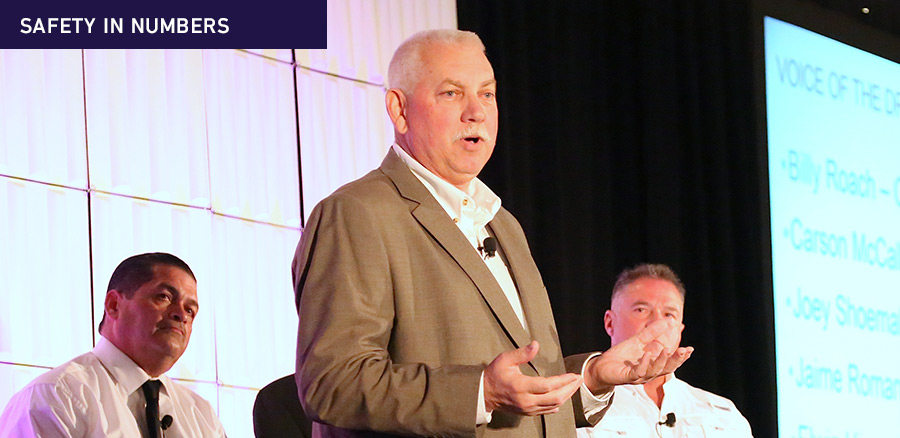Want Great Coaching Effectiveness? Try Continuous Training

As the district chief of health and safety for the Mobile, Ala., Fire-Rescue Department, Billy Roach oversees the safety of 500 people. It’s no small task, especially when every day requires they put their lives on the line when responding to emergencies.
“Our drivers are operating vehicles with lights and sirens blaring, trying to get to the scene of an emergency as quickly as possible to save lives when seconds count,” Roach said.
Add to that the fact that fire trucks can weigh up to 30 tons, and it becomes increasingly crucial for the drivers of emergency vehicles “to be well conditioned to properly respond at all times,” he said.
For Roach, driver conditioning begins and ends with continuous training, for one key reason: Its lessons become deeply engrained in the department’s drivers, creating lasting change.
Continuous vs. intermittent training
Unlike intermittent training that addresses a driver’s needs once in a while — and often after a driving event happens — continuous training revisits a driver’s skills routinely, with the goal of turning those skills into strengths, Roach said.
“I define continuous training as training that enhances existing knowledge, skills, or abilities until the response is automatic, until it becomes a habit,” Roach said. “Our goal in the department is to achieve excellence, not simply to avoid errors.”
Roach knows a thing or two about excellence, too. After all, his father was an army drill sergeant and master checkers player.
“My dad taught me to master the game, whatever the game may be,” Roach said. In “mastering the game” at the Mobile Fire-Rescue Department, Roach has helped mold the department into a safety powerhouse that has not had a single near-collision since September 2016. For his impact on the department’s safety record, Roach was named Lytx Coach of the Year for 2017.
Before Roach took over as health and safety officer for the City of Mobile, driver coaching and training in the department tended to be more sporadic. Roach has made an effort to train his team on fleet safety in a timelier manner, meeting with team members as soon as possible after an unsafe driving incident.
Achieving excellence with ‘a valuable tool’
To achieve training excellence, Roach relies on the clarity offered by video. Video plays such a pivotal role in the department’s continuous training in fact, that since Roach began fleet coaching in July of 2015, collisions for the City of Mobile overall have plummeted 41 percent. Roach has had 100 percent coaching effectiveness in that period as well.
“Because of continuous training, we have seen accidents, injuries, and property damage reduce tremendously over the past couple of years,” Roach said. “I believe much of that improvement has been due to the DriveCam® program and the coaching we do through it.”
During DriveCam coaching sessions, Roach reviews video clips with his drivers — a tactic he says is remarkably effective. “When a driver sees his or her behavior on video, there is no denying the impact it has,” Roach says. “Our drivers understand that this is not just about obeying the rules of the road; it’s about their whole attitude toward driving.”
When firefighters see themselves on video driving aggressively, their reaction is often shock, Roach said. Roach uses coaching sessions to explore positive learning opportunities with his drivers.
“There is a fine line between the well-trained, confident driver and the over-confident, overly aggressive driver,” Roach said. “I see my assignment as identifying and correcting challenges before they become issues. Continuous training helps make that possible.”
Continuous training can help your fleet in several ways. Watch this video to learn what it can do for your organization.
